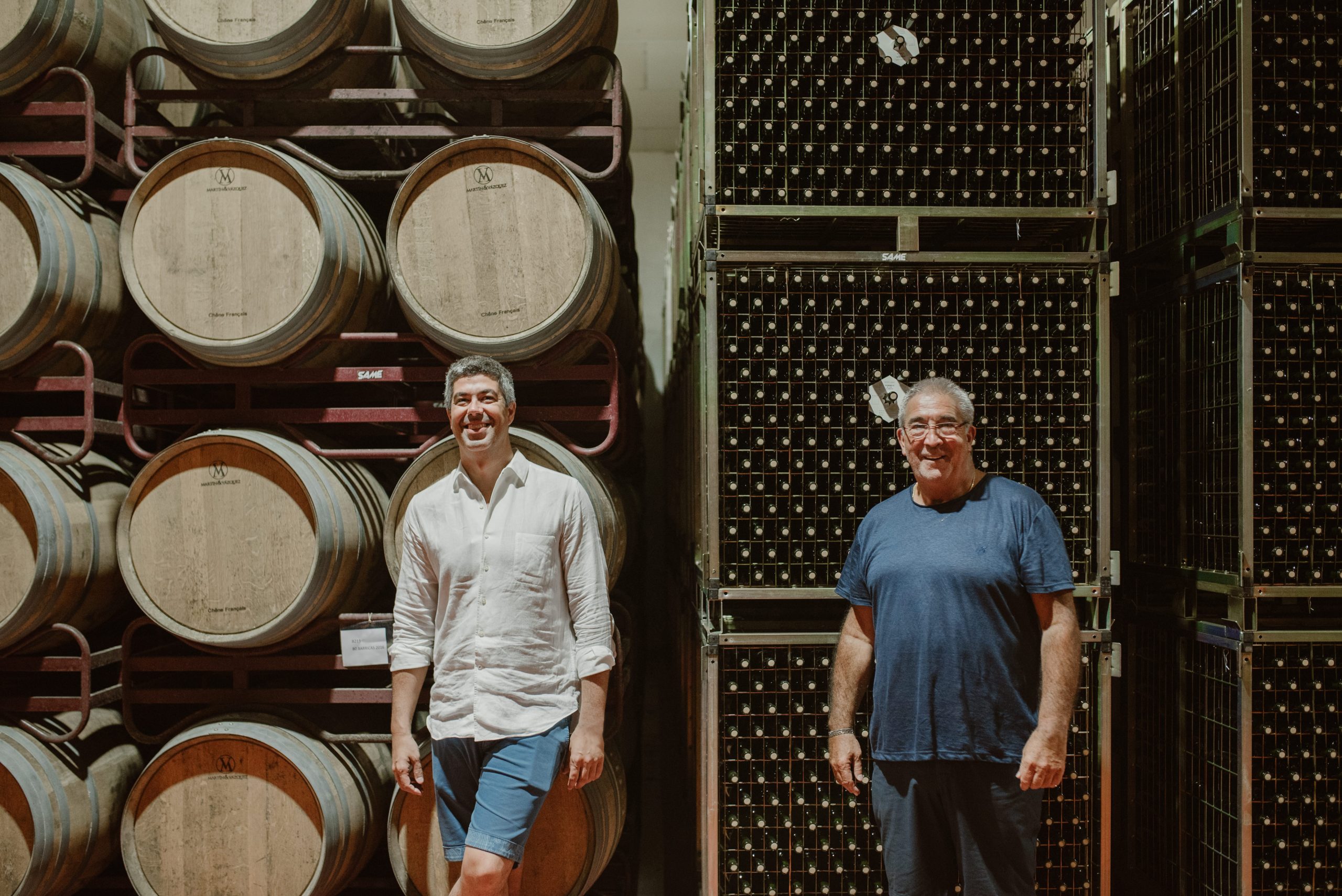The questions and wines from the 2022 Masters of Wine exam revealed
The Institute of Masters of Wine has revealed the questions from the 2022 MW exam, as well as the wines used in the practical (tasting) assessment.

The practical tasting and theory questions form the second part of MW study, with those who successfully pass this stage moving on to the final aspect of the MW programme: the research paper.
This year, 103 students sat the theory and practical exams from 26-29 July in London, Napa and Adelaide.
These students have already passed stage one of the programme; a one-day assessment comprising a 12-wine blind tasting exam in the morning and a theory exam in the afternoon.
Here is the list of wines that were used in the second part of the 2022 Masters of Wine practical examination:
Partner Content
- Chinon Cuvée Terroir, Charles Joguet, 2019. Loire Valley, France. (13.5%)
- Cabernet Sauvignon, Double Diamond, Schrader Cellars, 2018. Oakville, Napa Valley, USA. (14.5%)
- Merlot, Vino de Eyzaguirre, 2019. Colchagua Valley, Chile. (13%)
- Château Larrivet Haut-Brion, 2018. Pessac-Léognan, Bordeaux, France. (14%)
- Chianti Classico ‘Brolio’, Barone Ricasoli, 2017. Tuscany, Italy. (13.5%)
- Brunello di Montalcino, Montosoli, Altesino, 2015. Tuscany, Italy. (14.5%)
- Bourgogne Hautes Côtes de Beaune, Domaine Frédéric Esmonin, 2019. Burgundy, France. (12.5%)
- Clos Vougeot, Domaine Gros Frère & Soeur, 2017. Burgundy, France. (14%)
- Malbec ‘Serie A’, Zuccardi, 2020. Uco Valley, Mendoza, Argentina. (13.9%)
- Malbec Reserve Old Vine, Altocedro, 2018. Uco Valley, Mendoza, Argentina. (14.5%)
- Zinfandel, Mother Clone Pedroncelli, 2019. Dry Creek Valley, USA. (15.5%)
- Lytton Springs, Ridge Vineyards, 2019. Dry Creek Valley, USA. (14.6%)
To see all of the corresponding questions for the practical paper, as well as the theory papers, click here.
Here are the theory questions put to MW students this year:
- How is artificial intelligence being used within the wine industry and what might its impact be in the coming decades?
- Glyphosate use is coming under increasing scrutiny. Should it be banned in modern viticulture?
- Which diseases of the vine are the greatest threat to vineyards around the world today, and why?
- What effects do vineyard pests have on grape quality, and how do grape growers control them?
- To what extent does the geology of a vineyard affect the way it is managed?
- As a viticulturist, what factors would influence your approach to growing cover crops in a vineyard?
- What factors affect the timing of pruning in vineyards around the world?
- Explain the process of malolactic fermentation in winemaking. How, why and when is it employed?
- How can a winemaker ensure consistency in a wine’s style over a number of years?
- What are the main technical issues a wine producer should consider when evaluating a change from bottling still wines at source to shipping them in bulk for bottling in the destination market?
- ‘Post-maturation wine stabilization practices should be used only on low-end wines.’ Discuss.
- How has the global coronavirus pandemic impacted consumer wine purchasing behaviors? Use examples from at least three significant markets to illustrate your answer.
- Who or what are the most important influencers of consumer behavior in today’s world of wine?
- Does anyone still need wine writers?
- Which are the most attractive markets for premium Italian wines, and why?
- Assess the main challenges and opportunities for the wine education industry around the globe in the next ten years.
- Are biodynamic practices the key to more sustainable wine production?
Since the first exam in 1953, 498 people have become an MW. To find out more about what it takes to become a Master of Wine, click here.
In March, 17 Masters of Wine were inducted to the Institute of Masters of Wine at an awards ceremony in London.
Related news
For the eleventh day of Christmas...




